Timeline of Childhood Lead Poisoning Prevention Highlights
Highlights from CDC’s Childhood Lead Poisoning Prevention Program (CLPPP)
- Timelineicon

October 23–29, 2022
- October 2022: Each year, National Lead Poisoning Prevention Week (NLPPW) is a call to bring together individuals, organizations, industry, and state, tribal, and local governments to increase lead poisoning prevention awareness in an effort to reduce childhood exposure to lead. NLPPW highlights the many ways parents can reduce children’s exposure to lead in their environment and prevent its serious health effects.
- Timelineicon
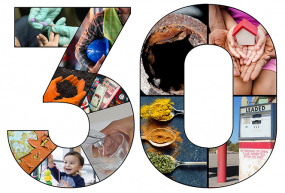
- CDC’s Childhood Lead Poisoning Prevention Program (CLPPP) celebrates the 30th anniversary of the program.
- February 5, 2021: Decreases in Young Children Who Received Blood Lead Level Testing During COVID-19 — 34 Jurisdictions, January–May 2020 was published in the Morbidity and Mortality Weekly Report (MMWR).
- March 2021: CDC announced the availability of fiscal year (FY) 2021 funds to support primary and secondary prevention strategies for childhood lead poisoning prevention and surveillance through 2026.
- Timelineicon
2021
- March 2021: Blood Lead Levels in U.S. Children Ages 1–11 Years, 1976–2016 was published in Environmental Health Perspectives.
- May 14, 2021: The Lead Exposure and Prevention Advisory Committee (LEPAC) unanimously voted in favor of recommending lowering CDC’s blood lead reference value (BLRV) from 5 μg/dL to 3.5 μg/dL based on latest available National Health and Nutrition Examination Survey (NHANES) data.
- October 28, 2021: CDC updated its blood lead reference value (BLRV) from 5 µg/dL to 3.5 µg/dL in response to the LEPAC recommendation made on May 14, 2021.
- Timelineicon
2020
- February 24, 2020: The Federal Register announced a notice of charter renewal for the LEPAC.
- April 2020: CDC CLPPP announced supplemental funding for current recipients during the COVID-19 pandemic.
- April 29, 2020: The LEPAC held its inaugural meeting.
- October 30, 2020: The LEPAC held its second meeting.
- Timelineicon
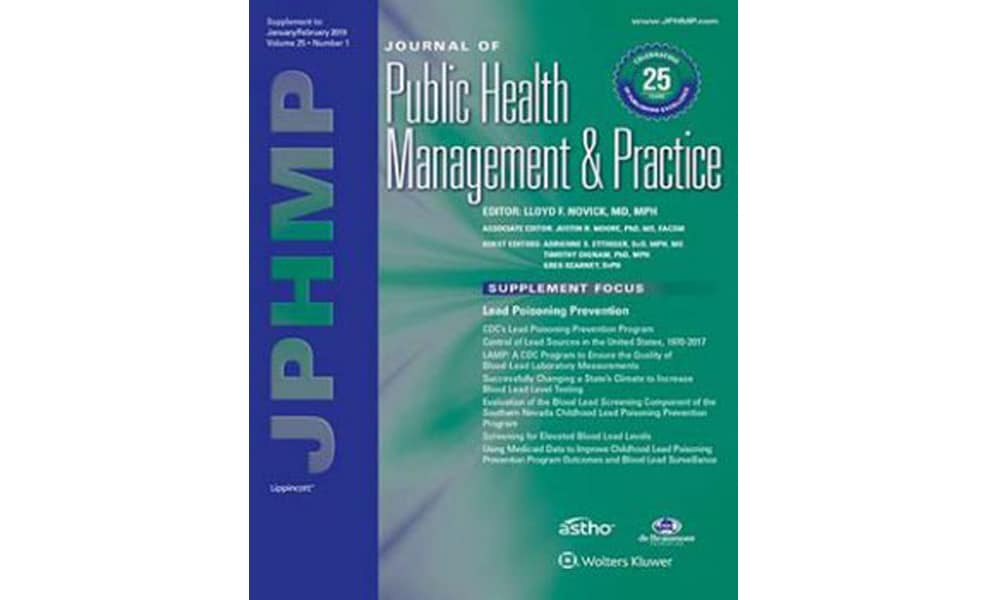
2019
- January/February 2019: CDC’s Childhood Lead Poisoning Prevention Program (CLPPP) contributed to a Special Supplement to the Journal of Public Health Management and Practice on lead poisoning prevention.
- June 13, 2019: The U.S. Department of Health and Human Services (HHS) Secretary approved the proposed Lead Exposure Prevention Advisory Committee (LEPAC) member nominations.
- June 14, 2019: CDC ended the term of the Lead Poisoning Prevention (LPP) Subcommittee to the National Center for Environmental Health (NCEH)/ATSDR Board of Scientific Counselors (BSC).
- Timelineicon
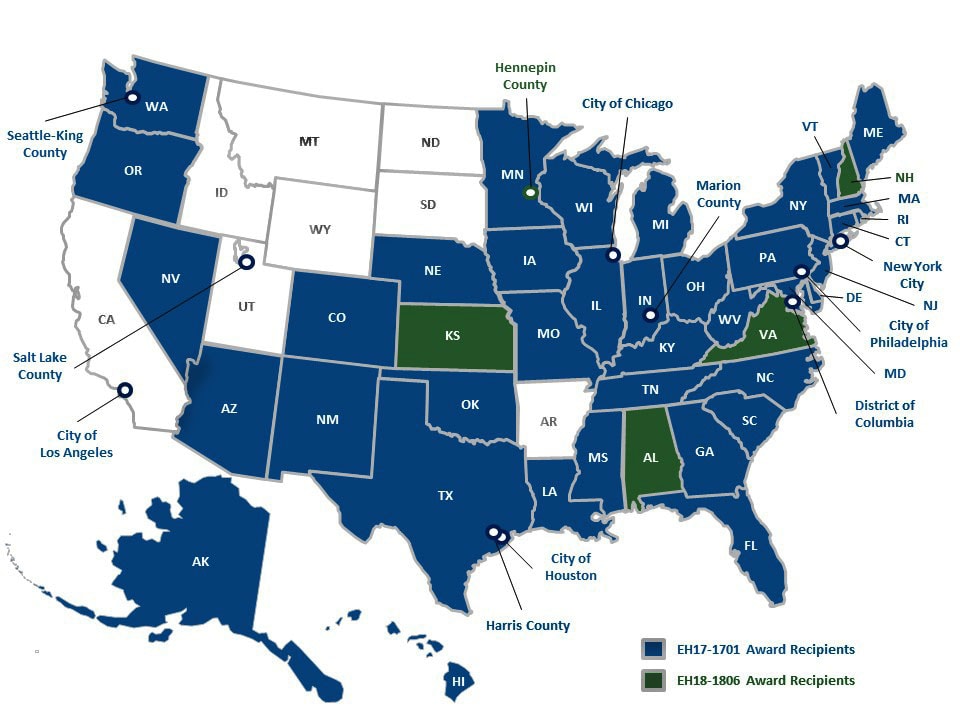
2018
- CDC CLPPP funded 5 additional recipients throughout the nation for 2 years to conduct non-research activities focused on childhood lead poisoning prevention projects and state and local childhood lead poisoning prevention and surveillance of blood lead levels (BLLs) in children.
- February 13, 2018: The Federal Register announced a notice of charter establishment for the LEPAC.
- December 2018: The President’s Task Force on Environmental Health Risks and Safety Risks to Children released the Federal Action Plan to Reduce Childhood Lead Exposures and Associated Health Impacts. [PDF – 8.58 MB]
- Timelineicon
2017
- The Food and Drug Administration (FDA) issued a safety recall to discontinue using Magellan Diagnostics’ Lead-Care Testing Systems for analyzing venous blood samples. To promote accurate measurements of BLLs, CDC sponsored a voluntary external quality assurance program for laboratories.
- CDC CLPPP funded 14 recipients throughout the nation for 3 years to conduct non-research activities focused on lead poisoning prevention. Funding was financed partially by Prevention and Public Health funds.
- Timelineicon
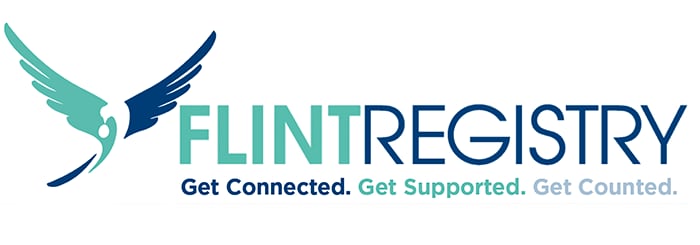
December 2016
- The Water Infrastructure Improvements for the Nation (WIIN) Act allocated $35 million to CDC to enhance childhood lead poisoning prevention activities; to establish a voluntary Flint, Michigan, lead exposure registry; and to establish the LEPAC.
- Timelineicon
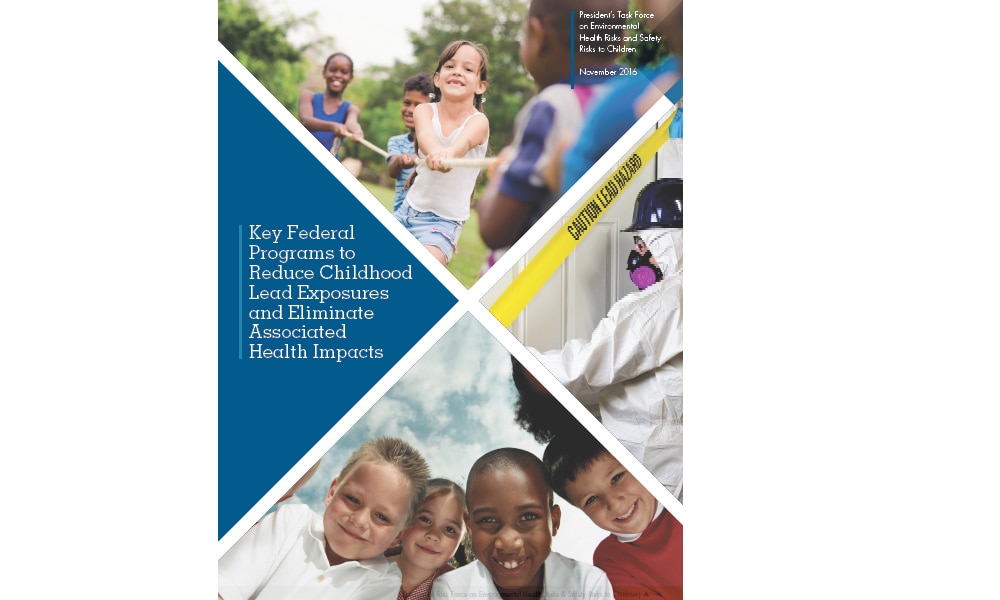
2016
- January 2016: A federal emergency was declared for the Flint Water Crisis. CDC provided assistance and support for response and recovery efforts.
- November 2016: The President’s Task Force on Environmental Health Risks and Safety Risks to Children report Key Federal Programs to Reduce Childhood Lead Exposures and Eliminate Associated Health Impacts [PDF – 14 MB] cataloged federal efforts to understand, prevent, and reduce various sources of lead exposure among children.
- Timelineicon
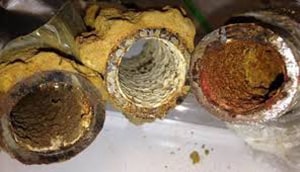
October 2015
- After the involvement of concerned residents and independent researchers, Flint, Michigan, was reconnected to the Detroit water system.
- Timelineicon
2015
- March 2015: The LPP Subcommittee was created as part of the NCEH/ATSDR BSC.
- The National Institute for Occupational Safety and Health (NIOSH) designated BLLs ≥5 µg/dL as elevated for adults.
- The Environmental Protection Agency (EPA) lowered the threshold for reporting lead emissions from point sources of air pollution to 0.5 tons per year of actual emissions.
- Timelineicon

2014
- The HHS Secretary designated lead poisoning prevention funds to be used to “support and enhance surveillance capacity” to end lead poisoning but did not include addressing the broader issue of healthy homes.
- CDC CLPPP funding was restored to $13 million – slightly more than one-third of pre-2012 funding levels; funds were used for surveillance, community-based strategies to target high-risk children and partnerships.
- Healthy People 2020 goals for lead poisoning prevention were met; from 2010 to 2014, there were reductions in BLLs between Black children and those of other races (37%) and between children living above and below the poverty line (46%).
- Using 2014 Prevention and Public Health funds, CDC CLPPP funded 35 recipients throughout the nation for 3 years to conduct non-research activities focused on lead poisoning prevention.
- Timelineicon
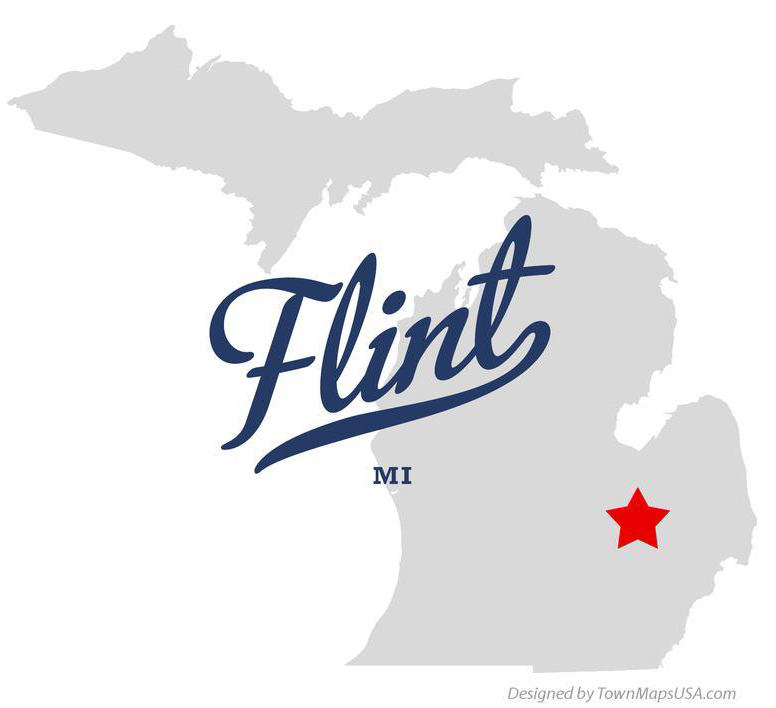
April 2014
- The drinking water source for Flint, Michigan, was switched from Great Lakes’ Lake Huron (provided by the Detroit Water and Sewage Department) to the Flint River without necessary corrosion control treatment to prevent lead release from pipes and plumbing.
- Timelineicon
October 31, 2013
- The charter for the Advisory Committee on Childhood Lead Poisoning Prevention (ACCLPP) expired.
- Timelineicon
2012-2013
- CDC CLPPP appropriations were reduced to $2 million which resulted in the loss of extramural funding of state and local CLPPPs.
- Timelineicon
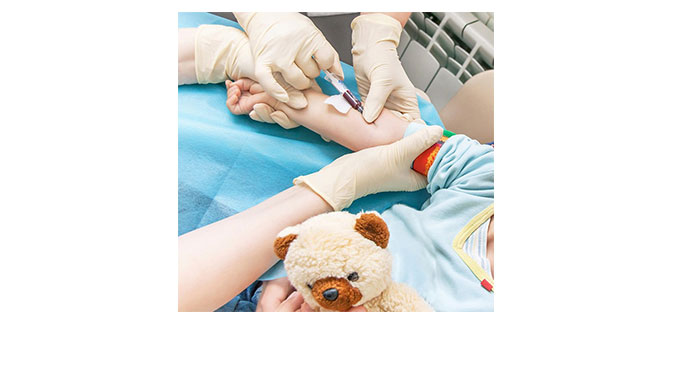
2012
- CDC replaced “blood lead level of concern” with “blood lead reference value” (BLRV) to identify children with BLLs that are much higher that most U.S. children; the BLRV is based on the 97.5 percentile of the estimated blood lead distribution in children age 1-5 years old using data from the National Health and Nutrition Examination Survey (NHANES).
- Timelineicon

2010
- The Surgeon General’s Call to Action to Promote Healthy Homes broadened CLPPP activities to include multiple health and safety housing hazards.
- Childhood lead poisoning prevention was named one of the “Ten Great Public Health Achievements in the United States (2001-2010).”
- CDC issued guidance that health care providers can use to trigger medical workplace removal for pregnant women with BLLs ≥ 10 µg/dL.